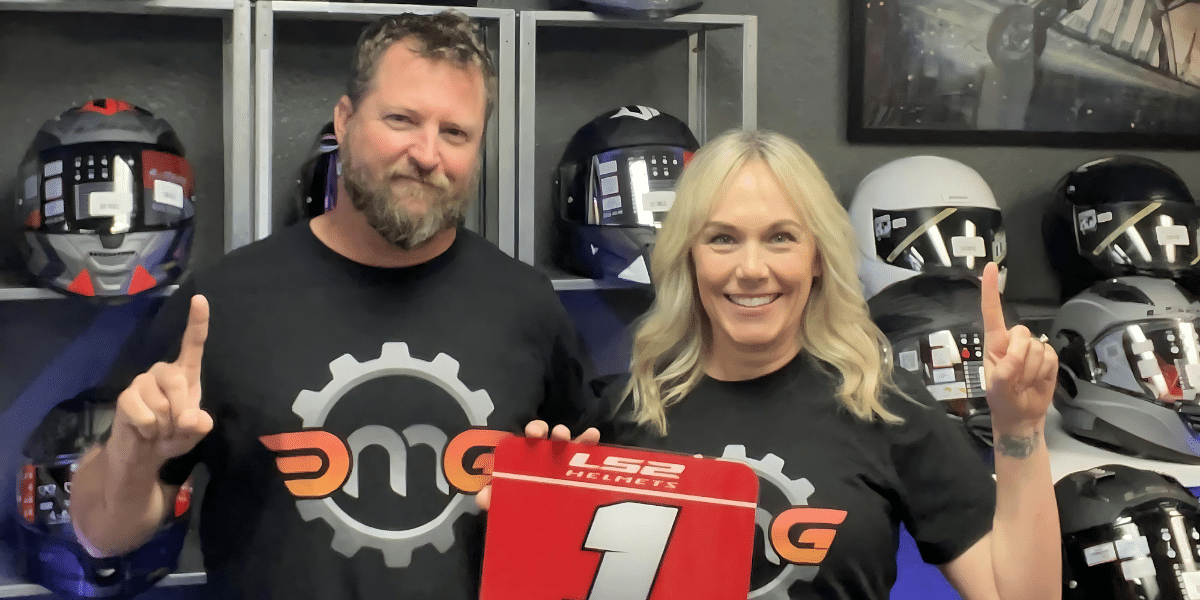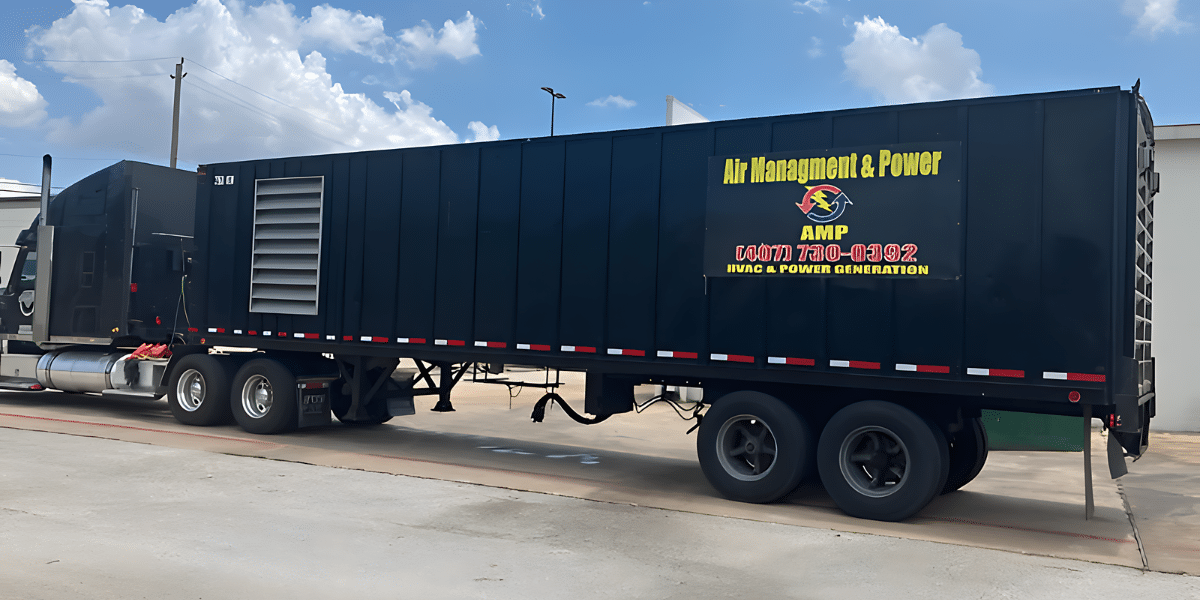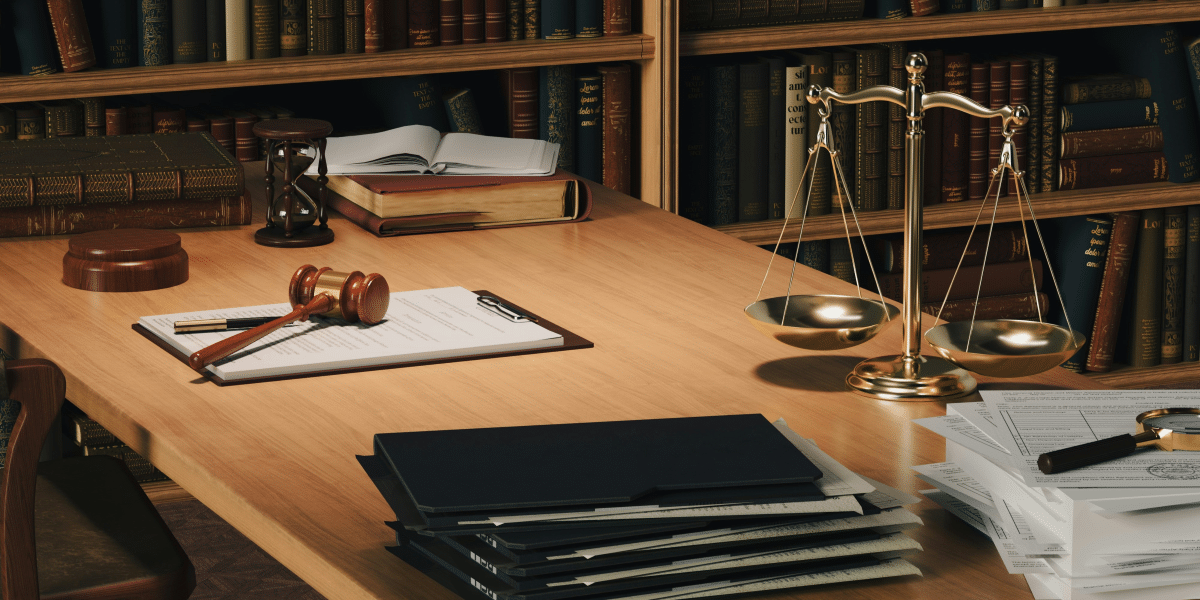The world of design is a vibrant tapestry woven from creativity and practicality. Designers translate intangible ideas into visual solutions, breathing life into everything from websites and logos to product packaging and user interfaces.
But here’s a behind-the-scenes secret: the polished design you see often emerges from a battlefield – the struggle to not just conjure one option, but to churn out several! Let’s delve into the designer’s predicament, exploring the challenges they face in producing a multitude of design options.
Conquering the Creative Conundrum: Breaking Free from the Single Solution
Designers are visual storytellers, constantly absorbing inspiration from the world around them. Every bustling city street, every artfully curated storefront window, every captivating advertisement – all become potential sources of inspiration. But when faced with a specific project, translating that inspiration into a single, perfect solution can be daunting. This can lead to creative block, a dreaded state where ideas seem to dry up and the once-vibrant flow of inspiration sputters to a halt.
Imagine a logo designer staring at a blank page, desperately trying to capture the essence of a new athletic apparel brand. The pressure to come up with a single, groundbreaking concept that embodies power, movement, and innovation can be paralyzing. However, by forcing themselves to explore multiple options, designers can break free from this creative block.
Exploring multiple design options is a common strategy for overcoming creative block. By sketching a variety of logo concepts, designers can break out of their initial ideas and stumble upon unexpected solutions that wouldn’t have surfaced if they’d focused on just one option. This exploration can also lead to a richer understanding of the project itself.
By sketching a logo that emphasizes bold geometric shapes alongside a more organic, nature-inspired option, the designer gains a deeper grasp of the brand’s personality and target audience. Perhaps the brand wants to project a sense of cutting-edge technology, or maybe they want to evoke a feeling of connection to the natural world. Exploring diverse design options allows the designer to present a range of possibilities that cater to these different brand identities.
The Time Crunch Conundrum: Balancing Exploration with Deadlines
Another challenge designers face is the ever-present enemy: deadlines. Clients often have tight timelines, and producing multiple design options can feel like a time-consuming luxury.
Imagine a web designer working on a project for a local bookstore with a website launch date looming just weeks away. The pressure to deliver a single, user-friendly website design that showcases the bookstore’s vast selection and fosters a sense of community can be immense. However, neglecting to explore different design options can lead to missed opportunities or a final product that doesn’t fully meet the client’s needs.
Perhaps the initial design focuses heavily on showcasing new releases, but the bookstore also wants to highlight their extensive collection of rare and used books. By exploring additional options, the designer can create a website that caters to both the casual book browser and the dedicated bibliophile.
Finding the right balance between exploring options and meeting deadlines is a constant struggle for designers. Sacrificing exploration can lead to regrets down the line, so it’s crucial to find creative ways to generate multiple options within the time constraints. This might involve utilizing rapid prototyping techniques, where designers quickly create basic layouts to test and refine ideas.
Leveraging design templates as a starting point for exploration can also be a time-saving strategy. However, it’s important to strike a balance – templates should be a springboard for creativity, not a crutch that stifles originality.
The Takeaway: Multiple Options Despite the Hurdles
So, why do designers often produce several options, even though it can be difficult? The answer lies in the pursuit of design excellence. Multiple options help designers overcome creative block, ensure they haven’t missed a better solution, and ultimately lead to a more successful final product. Think of it as a sculptor chipping away at a block of stone, not knowing what masterpiece lies within until they explore different angles.
Similarly, designers chip away at their initial ideas, exploring various possibilities until the perfect design emerges. The next time you see a range of design options presented to you, don’t be surprised by the seemingly excessive number. It’s a testament to the designer’s dedication to overcoming challenges and crafting the best possible solution, one iteration at a time.






